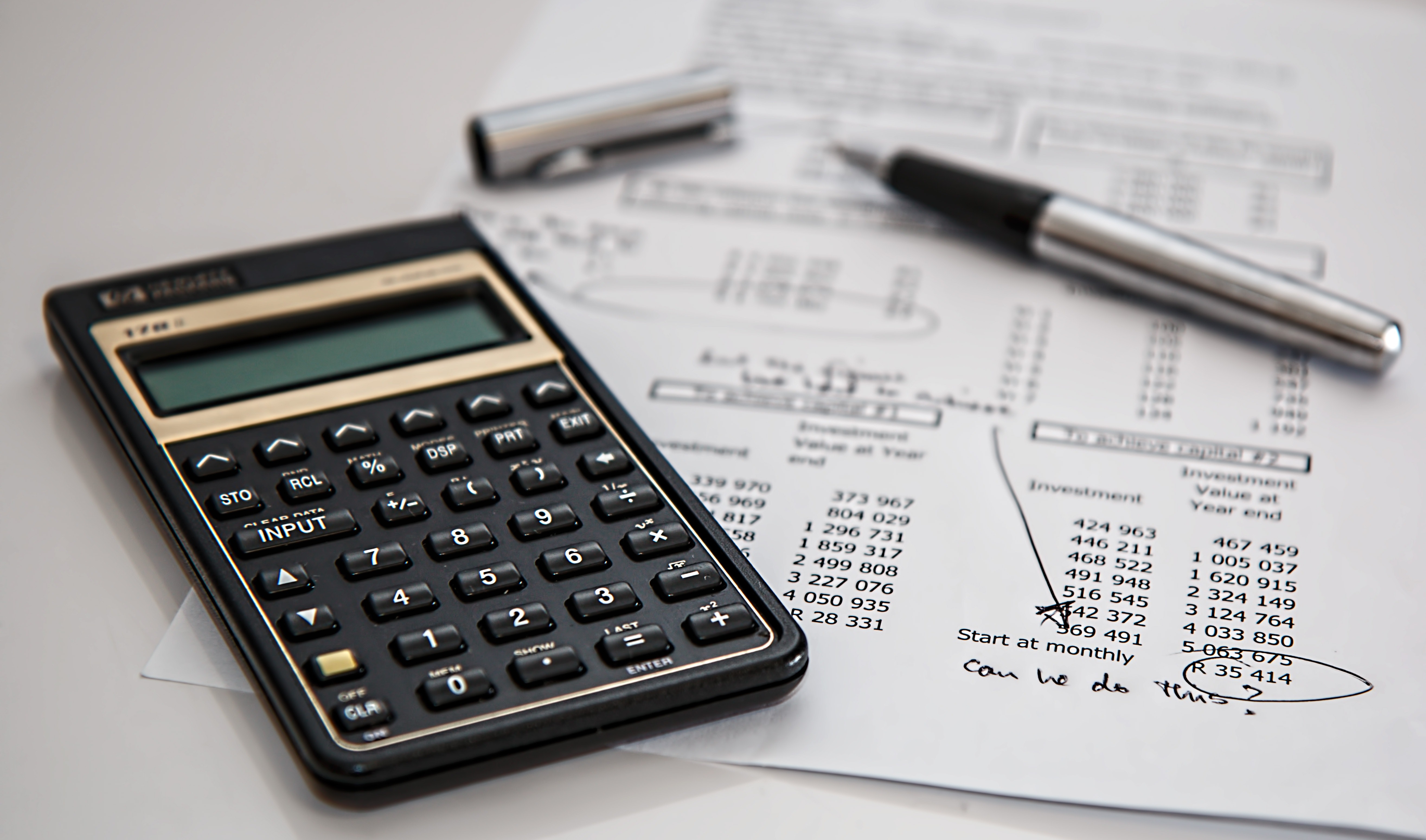Variable vs. Fixed Costs: Why They Matter

Clarifying the differences between the costs that don’t change and the costs that do is very important for small businesses. Bills, shipping, packaging, and all the other important expenses should be classified in two ways: variable costs and fixed costs. This helps with budgeting and when making break-even analysis every year. But where does marketing fall under this?
For many marketing strategies, the wisest plan comes as an overall fixed budget, with the parts that make up the strategy able to change with the needs of the business. What can this mean for you?
What Are Variable and Fixed Costs?
It helps to know the difference between variable and fixed costs. If this is old information for you, you can skip to the next heading, but by knowing the definitions, you can already start to slot your marketing strategy into theirs.
Variable Cost: These are costs that go up or down based on production levels or sales volumes. What you spend on these expenses isn’t going to be the same year after year.
Fixed Cost: These are costs that usually stay the same regardless of changes in the amount of business you are conducting.
The chart below separates common business expenses based on whether they’re fixed or variable. Depending on the business, there is room for variation, but for simplicity’s sake, we’ll use the basic small business expenses as an example:
| Variable Costs | Fixed Costs |
|
|

So, for a cost like hydro consumption, the expense is likely high enough per-piece to measure as a fixed cost. Fixed costs create the environment in which the variable costs operate, meaning it’s a good idea to focus on reducing the variable costs. Your overall marketing budget should be a fixed cost because it’s a necessity for attracting business. What you do within the marketing budget is a variable!
The Variable And Fixed Costs Of Online Marketing
 When allocating money for a marketing budget, the amount you budget for shouldn’t change. It should be expressed as the same percentage of your total budget, rather than as a monetary figure. For many small businesses, it’s recommended that they plan 6 – 8% of their budget for marketing. However, what you spend on the different pieces within your marketing strategy can change as you understand the effectiveness of each one for attracting and retaining business.
When allocating money for a marketing budget, the amount you budget for shouldn’t change. It should be expressed as the same percentage of your total budget, rather than as a monetary figure. For many small businesses, it’s recommended that they plan 6 – 8% of their budget for marketing. However, what you spend on the different pieces within your marketing strategy can change as you understand the effectiveness of each one for attracting and retaining business.
Budgeting for marketing is different from budgeting for advertising. Often we think of marketing and advertising as the same thing, but marketing is an overall strategy that includes advertising, as well as website services, social media monitoring, customer service, etc. What you spend on Google Ads, newspaper and magazine ads, television and radio spots, and direct mailings can shift according to your needs. You can allocate more or less money as people respond to your ads, and this makes advertising a variable expense.
Digital marketing can make the most out of your fixed marketing expenses. If you’re a small business that is just starting out, you probably don’t have a lot of money to set aside each year for marketing. The more exact a strategy, the better, and Google Ads could be just the ticket. By setting up a pay-per-click campaign with the right keywords, we can target the users in your area searching for the goods or services provided by your business. It’s a remarkably efficient way to get in front of the audience that matters, rather than spending money to push out ads to everyone!